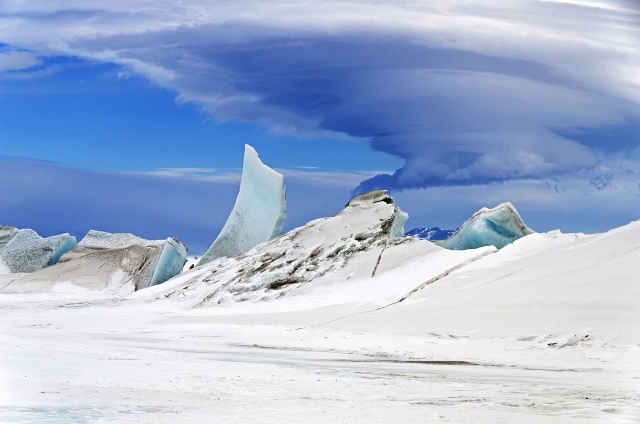Earth in vision: Enviromental Broadcasting
Historian article

BBC’s archive of environmental broadcasting
Joe Smith, Kim Hammond and George Revill share some of the findings of their work examining what digital broadcast archives are available and which could be made available in future.
The BBC’s archives hold over a million hours of programmes, dating back to the 1930s (radio) and 1940s (television). It represents one of the great cultural and historical treasure-houses. It sits behind a wellpadlocked door, however, with entrypasses distributed only to broadcasters or other media producers searching for clips. What might happen if the door were broken down? Everything from coverage of independence struggles in the global south to personal recollections of births, marriages and deaths might be viewed in a new light.
Large-scale releases of online digital broadcast and film archives have been undertaken in fits and starts, and YouTube and other digital platforms are creating new forms of creative archive on a huge scale every day. Furthermore tools are emerging that help to add layers of meaning and value. All of these factors prompted our team to engage in a critical examination of how such film and broadcast materials are and could be made available. Our research involves members of the public, learners and teachers: it ask those involved what they might want from digital broadcast archives and explores what tools are possible and desirable.
Inevitably our work also confronts the obstacles to the creation of such a compelling cultural resource. Earth in Vision has set out to explore these questions through a case study of environment-related programmes from the late 1950s to the present. We have two central aims…
This resource is FREE for Historian HA Members.
Non HA Members can get instant access for £2.49

